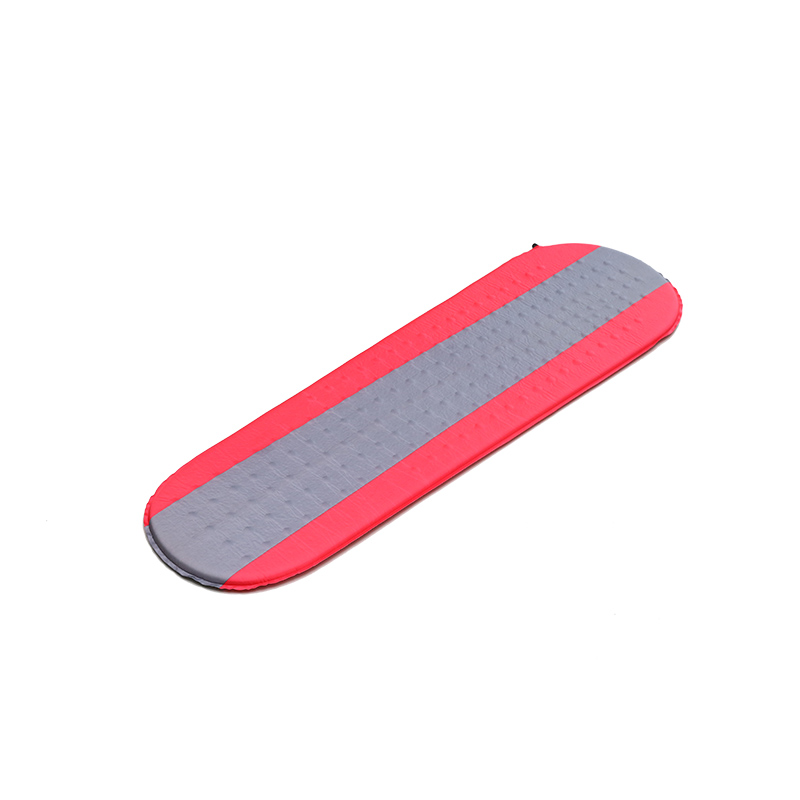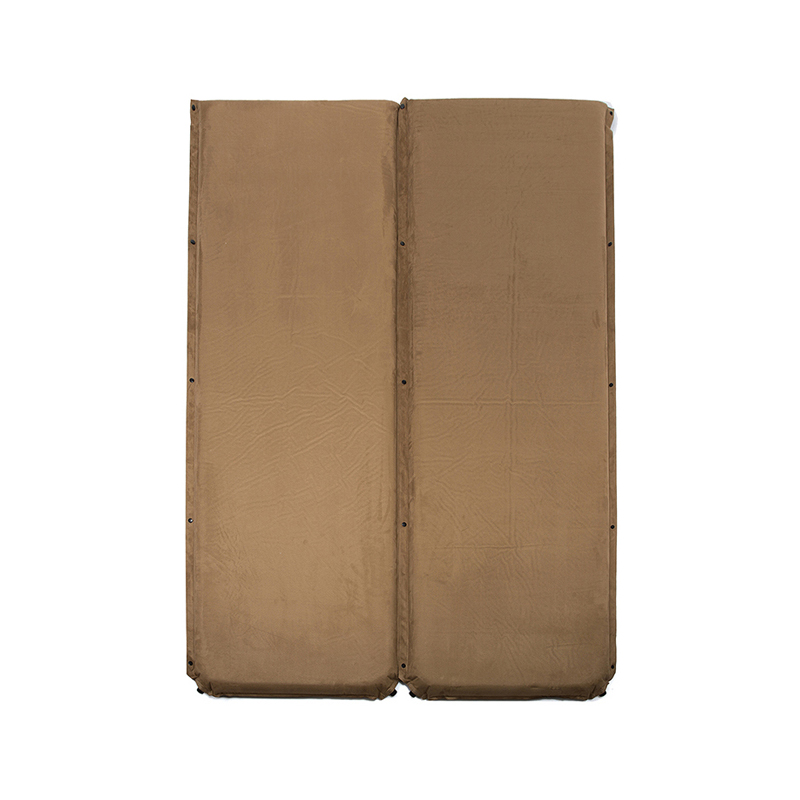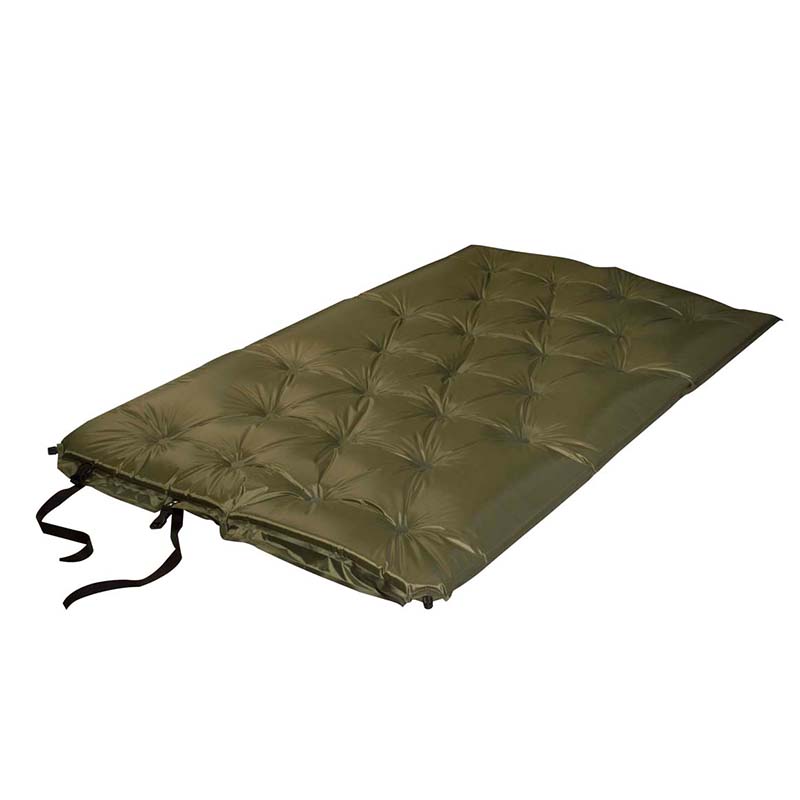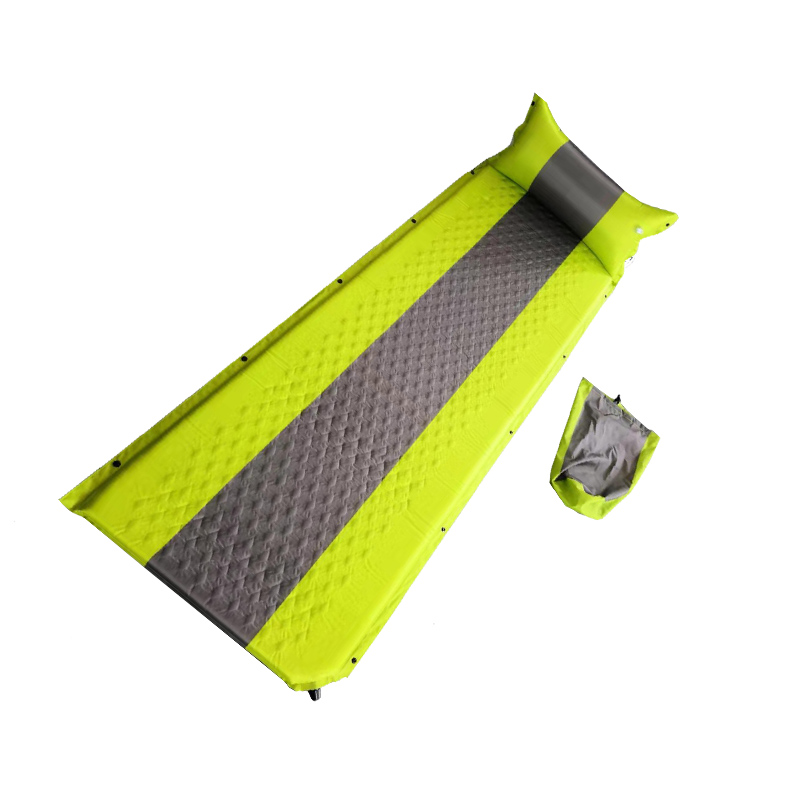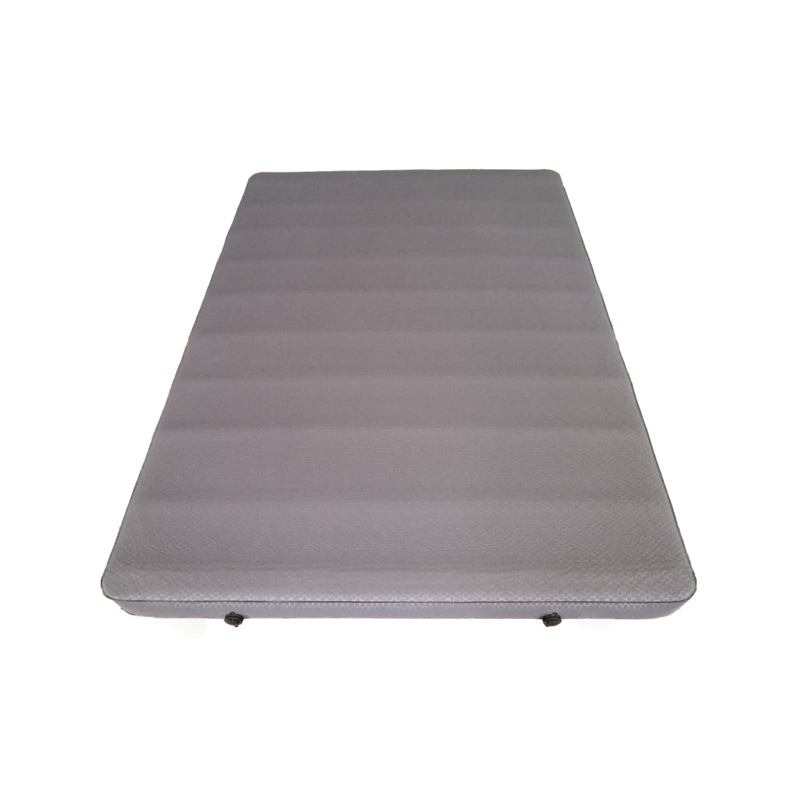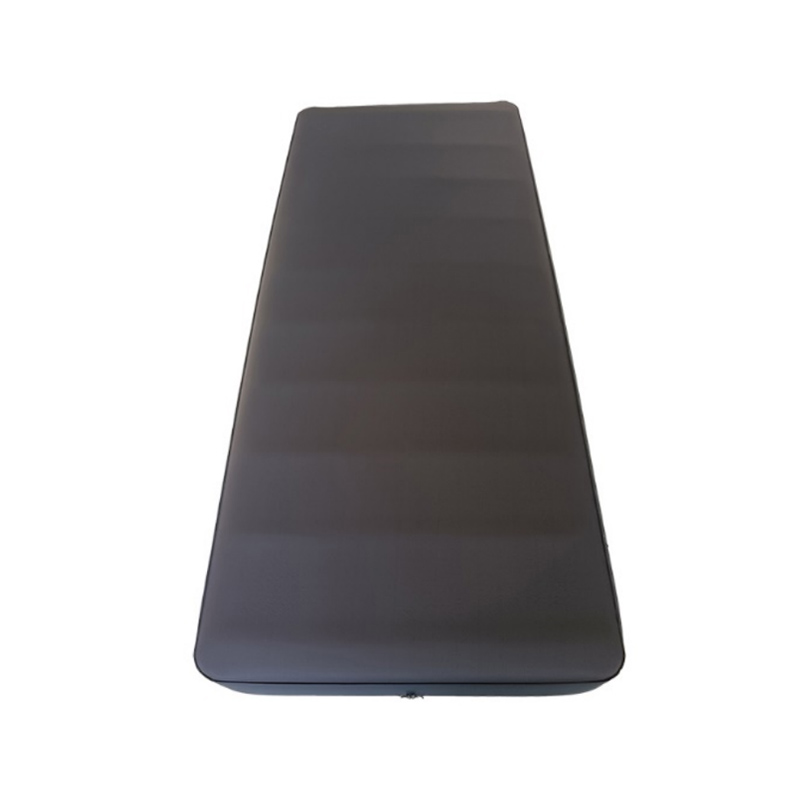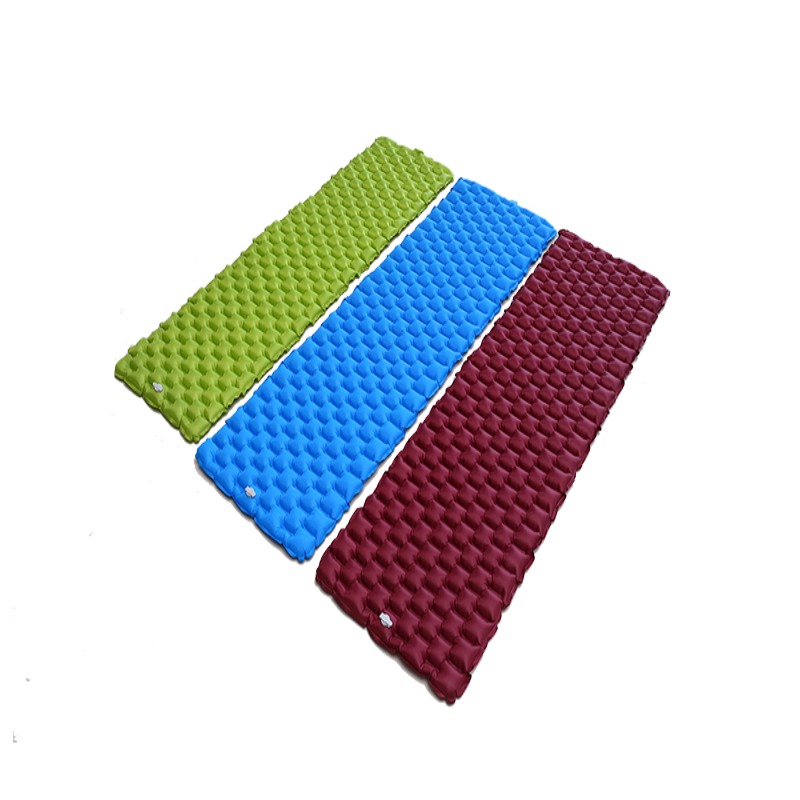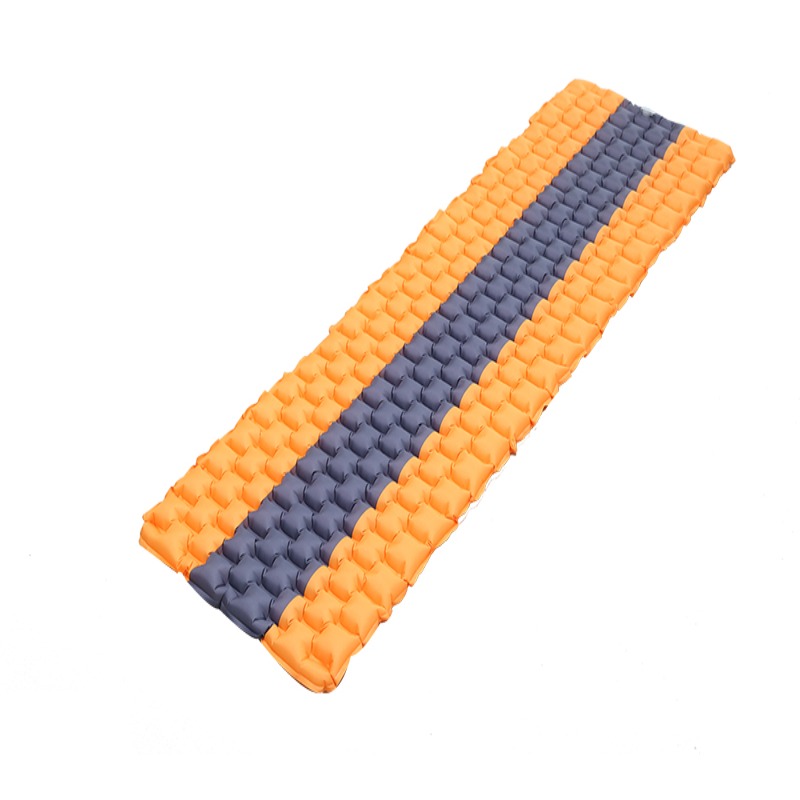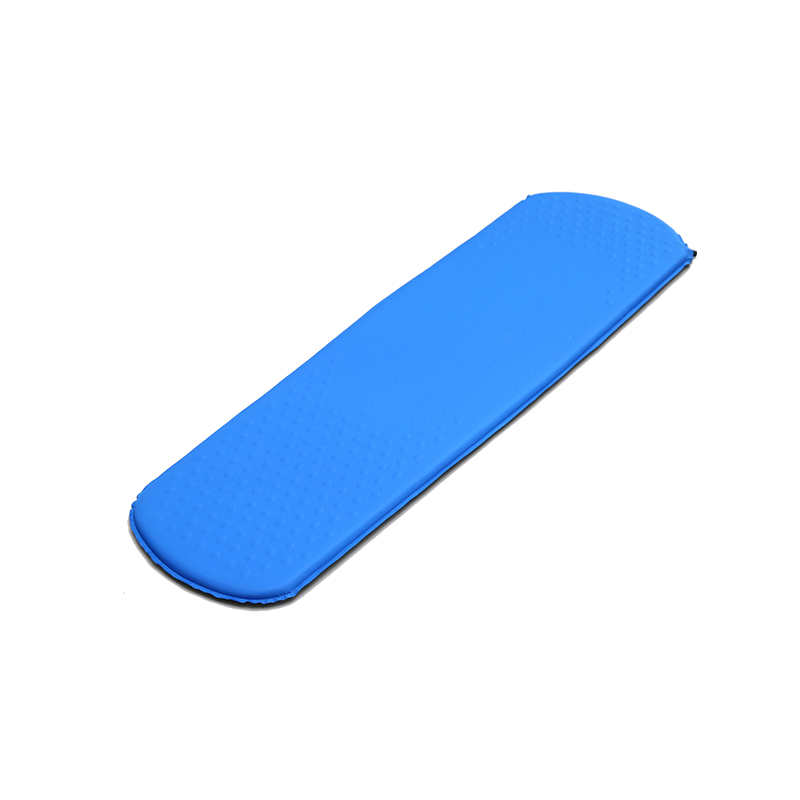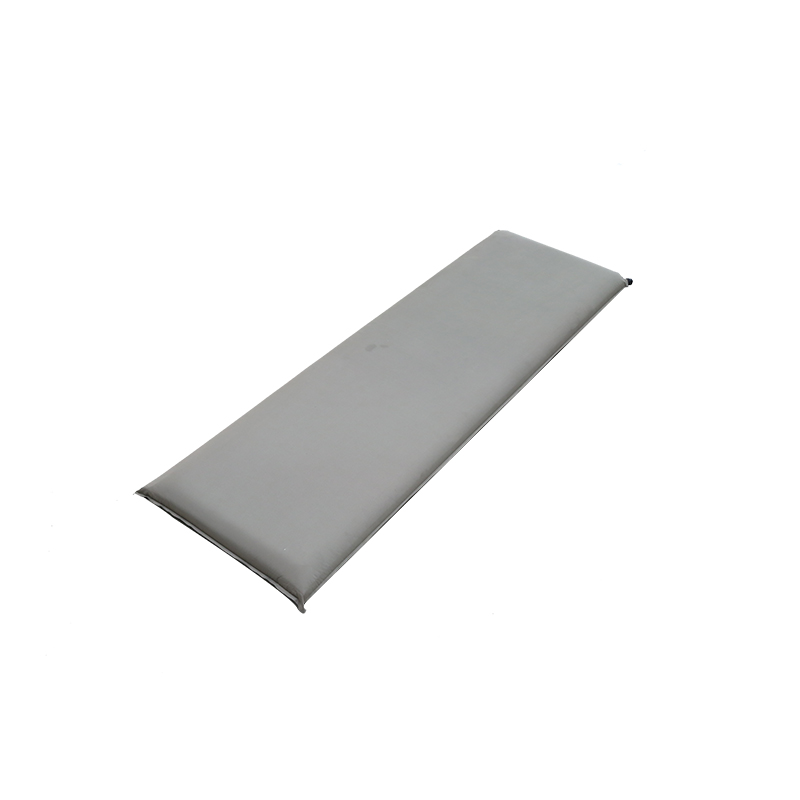The best camping mat depends on your priorities. There are tons of camping mats on the market, from very gigantic air mattresses to feather-light products that appear to barely support the weight of a human body. The key things to look out for when choosing a camping mat are type, R-value, and weight and volume when packaged.
Broadly speaking, camping mats come in two camps - inflatable or self-inflating, and closed-cell foam types of mats. Both have their pros and cons, but generally we would say the best camping mat for multi-day trips is the inflatable pad.
Your R-value will tell you the temperature of your sleeping pad. The main purpose of a camping mat is to insulate you from the ground - it's cold even in summer and to conduct heat away from your body. The higher the R value, the better the insulation. In general, an R value below 2.0 is good for summer use, 2.0 to 4.0 is good for 3 seasons, and if you're out in winter, look for 4.0 or higher.
If you plan to take the mat with you, the weight and bulk of the mat when you pack it is a key factor. You're going to want something that can fit both in the backpack and tethered to the front. (For that reason, if you're a backpacker, you might want to buy one of the best lightweight sleeping bags to match your pad.)
Best Sleeping Pads: Foam vs Inflatable
Inflatable or self-inflating pads are the best camping mat options if you're going on multi-day trips, as they're generally more comfortable when inflated and smaller when not in use - you'll be able to tuck them into your trekking pack, instead of tying them out. However, there is always a slight risk of puncture (it's always a good idea to opt for a pricier model here).
Choosing an inflatable camping mat can be a complicated task, as different materials and constructions have a huge impact on the insulation they provide—yes, even two mats that look very similar. As always, the cheaper the mat, the less insulation you'll get, and be sure to check the R-value.
Simple foam camping mats shouldn't be completely ignored. They're cheap and sturdy, but less comfortable than their inflatable siblings. In fact, they're practically indestructible, making them perfect for festival use or hiking in particularly rough terrain where the inflatables can be chopped into pieces. Although bulky, they are very lightweight and completely impervious to getting wet. Another problem is that they are not very comfortable either.

 简体中文
简体中文 English
English 日本語
日本語 Español
Español Deutsch
Deutsch